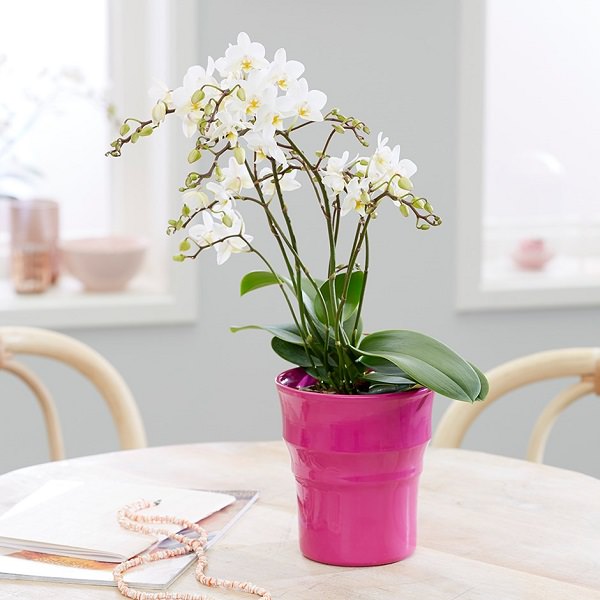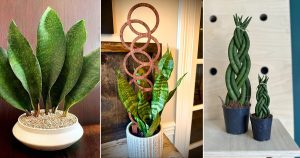If you are new to growing orchids, learn here how to repot orchids!
When to Repot
The first thing to point out is that when you first buy your orchid, or receive it as a gift, you most likely don’t need to repot it. It is normal and healthy for an orchid to have roots growing on the surface of the pot or out some of the side vents of the pot. Don’t cut those roots off or try and bury them. Orchids are epiphytes, which means that in nature, they would most likely be using their roots to cling to the side of a tree. They are used to having their roots exposed to air.
So when is the right time? Ideally, you should wait until all or nearly all of the bark in the pot has disintegrated and the roots are circling the pot repeatedly. But there are other times when you should repot, such as if the roots have started rotting, or there is something wrong with the potting medium (i.e. it is growing in the wrong kind of potting mix, or salts have built up to an intolerable level).
Best time to Repot
You can repot your orchid at any time that it’s not actively blooming, but the best time is immediately after it has finished blooming and has starting producing new growth. Unless the orchid is not healthy, it is not a good idea to repot it while it is blooming.
How to Repot
First, collect the supplies you’ll need:
- Orchid bark (for most orchids) or orchid mix (for cymbidiums)
- A sharp, sterilized knife or pruners
- A new, clean pot that is about twice as large as the old pot.
- Small stakes
- Twist ties
To get started, lay the orchid gently on its side and slide the pot away from the roots. With your fingers, gently loosen the roots and remove any remaining orchid bark. Using your knife or pruners, cut away dead or rotted roots. Also cut out any “back bulbs,” old bulbs that are still alive but don’t have any growth coming out of them.
If you have a Cymbidium, Cattleya or Dendrobium orchid, look for the rhizome from which roots and leaves are growing. You want to cut the rhizome apart so that each new plant has at least three good growths coming from it. If you have a Paphiopedilum, you should just be able to gently separate the plants the way you would any other houseplant. The class didn’t cover Phalaenopsis, but a quick internet search leaves me thinking that you’d have to have a pretty huge plant to be able to divide it.
Partially fill your new pot with the fresh potting medium. Place your plant in the pot and position the cut end near the edge of the pot. Gently spread the roots out over the potting mix. Making sure that the orchid is situated at the same depth it was in its old pot, fill in with more potting medium. If the orchid is a little unstable, use the stakes and twist ties to keep it in the correct position until the roots take hold of the new potting medium.
Voila! You’re done.








